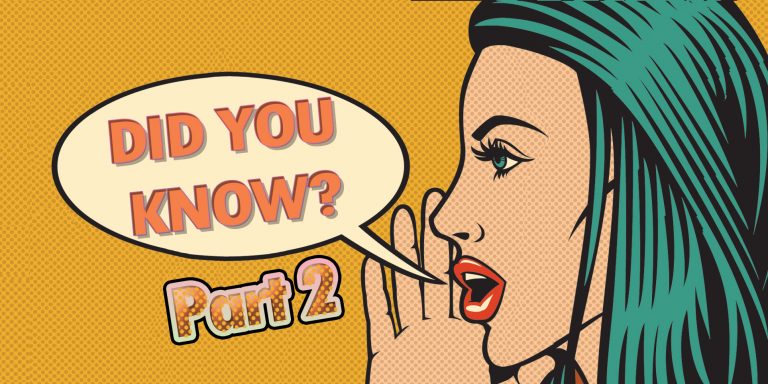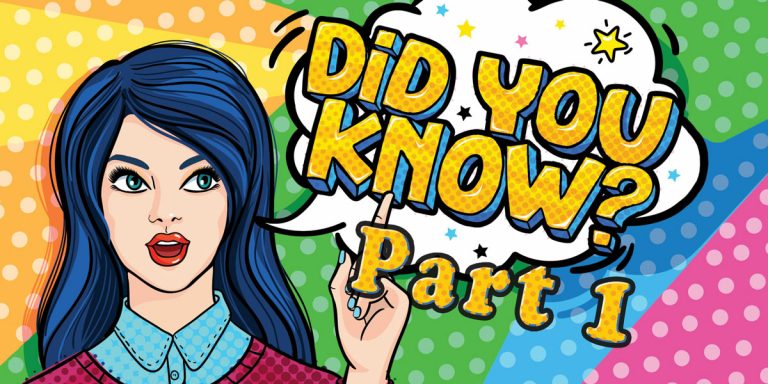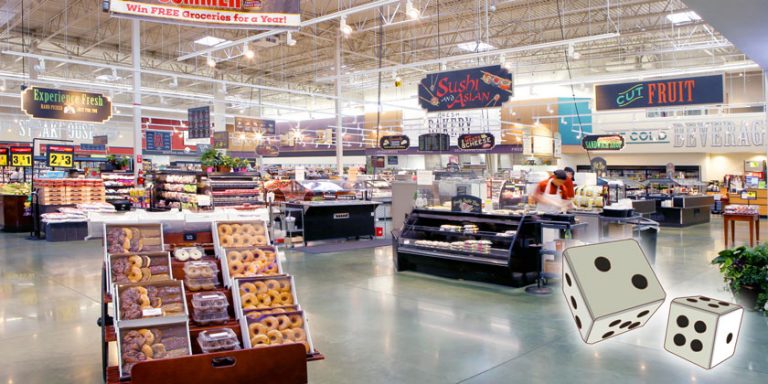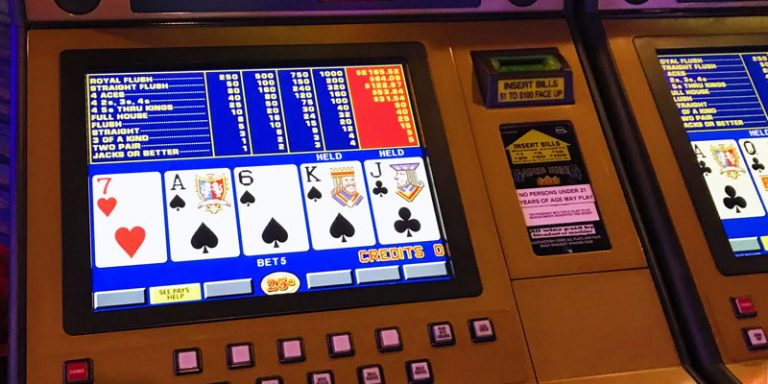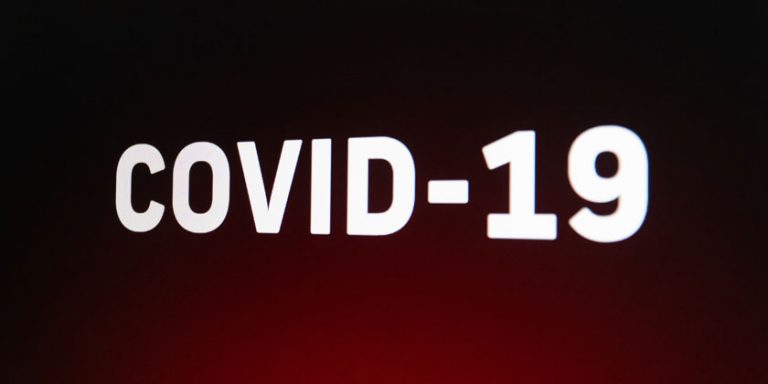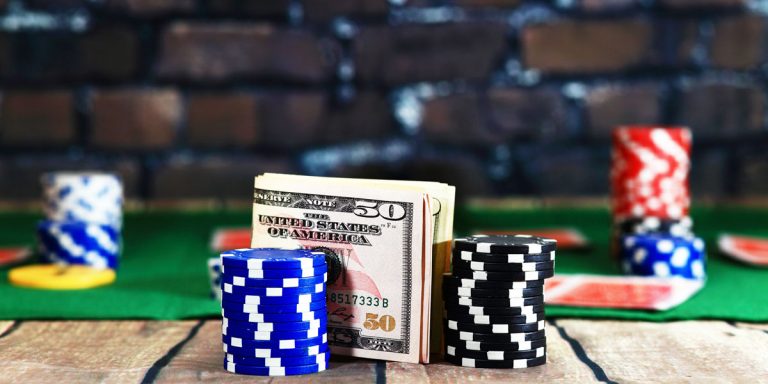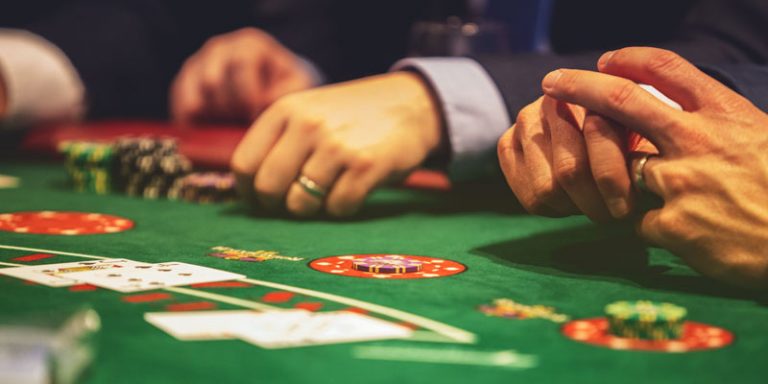Roulette has been around for several centuries; and to this very day, it has remained one of the most popular games in both land-based and online casinos. While the rules are rather simple, there are quite a few variations in both the layout and the table. The goal of the game is to try and predict the pocket where the ball will land. There are thirty-six numbers on the roulette and additional zero pockets; but more on that later!
None of us can really imagine a casino without a roulette table. However, there are two different main tables available in most casinos: European and American ones both.
Basic Rules
Before the game starts, players place their bets, and after they are done, the game starts. The croupier will release the ball (or the machine), and the ball will circle on the outer rim of the wheel until it loses momentum and hits one of the deflectors, then finally lands in one of the pockets.
Depending on the bet you took, you might win some money. The highest paying bet is for successfully guessing the exact number where the ball will land. But since roulette is a game of chance, this won’t be an easy thing to do.
Roulette Wheel
The main difference between European and American roulette is the wheel itself. The first thing you will notice is that the European one has a single 0 pocket and thirty-six pockets with numbers, with a total of 37 pockets. However, in the American version, there are two zero pockets, located on opposite sides of the wheel. Naturally, this version of the game has thirty-eight pockets.
Furthermore, there will be differences in the table layout as well. The obvious difference will be the double zero in the American game; but there are others as well, especially when it comes to betting.
Finally, there is a third version of roulette, which is played on the European roulette wheel; but there will be several different betting options and rules. The third version of the game is French roulette. The number sequence is the same in the French and European wheel, while it’s different in the American one.
Betting and Variations
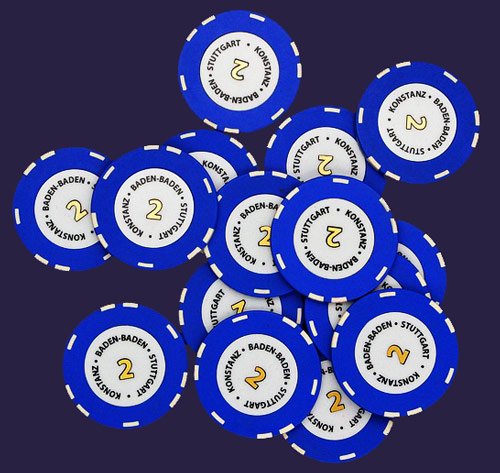
In all three versions, you can try and guess the winning number. Furthermore, the other popular bets include black or red, odd or even numbers, or even different combinations. There is a split bet where you would pick one of the three rows, and bet on any number in that row or column or low and high, where the numbers are between one and eighteen and between nineteen and thirty-six. Finally, you can bet on each dozen. There is also a special bet called a snake bet, where you can bet on numbers that are zigzagging across the table like a snake. Of course, this one is not available in every casino.
Announced and French Bets
In French roulette, there are several additional options that might not be accepted in every casino. These bets are also known as announced bets, and they are forbidden in some casinos. The idea is to call the bet (since each of them has a name) without putting any chips on the table. In the United Kingdom, these bets are known as betting on credit.
The first of the announced bets is Voisins du zéro, or in literal translation — neighbors of zero. You bet on seventeen numbers that are around the zero pocket in single zero roulette. The second one is Jeu zéro, or zero bets, where you bet on the numbers that are the closest to zero pocket. Le tiers du cylindre is the third one where you bet on a third of a wheel. Orphelins are two groups of numbers or parts of the wheel that aren’t covered by any of the previous bets. Furthermore, you have the option of betting on a specific number with “neighbors” where those neighbors are two numbers on either side of the number you’re betting on.
Understanding the Odds
While we’ve already mentioned the difference between the wheels, the main consequence is the different odds and payouts for different versions of roulette. Since there are thirty-six numbers on every wheel, it would be logical to assume that the odds of winning are one to thirty-five. But the odds are actually one to thirty-six for the European one and one to thirty-seven for the American one. The reason for this is the zero pockets.
The European wheel has a total of thirty-seven, while the American version has 38 pockets. If you bet on the color, low/high, or odd/even, the odds are one and one-eighteenth to one, while in the other one are one and one-ninth to one. Furthermore, betting on columns or dozens will give you odds of two and one-twelfth to one (2 1⁄6 to 1 in American), while split and street bets will give seventeen and a half to one, and eleven and one-third to one respectively (18 to 1 and 11 2⁄3 to 1 in American).
As you can see, the odds for winning at the American table are slightly lower. This is the main reason gamblers prefer playing at the European table instead.
Interestingly, a few years ago, a few casinos tried to use triple-zero roulette wheels, which would have reduced your chances of winning even further. As you can imagine, it didn’t go so well, and players avoided it.
House Edge

Since you are playing the game against the house, and not against other players, there is a house edge. This is an advantage that the casino has from the start. In roulette, it’s rather obvious. If we take a look at the European wheel, there are thirty-six numbers and one zero pocket. So the payout should be thirty-six to one, right? Well, no. The payout is thirty-five to one, which creates the house edge of 2.70% for this version of roulette. And this is why the payout for guessing the color is one to one; you won’t have a 50% chance of winning, because the zero pocket is neither black nor red.
In American roulette, the house edge is almost doubled because of that double-zero pocket: it’s 5.26%. Finally, in triple-zero roulette, the house edge is an unbelievable 7.69%, which is the main reason why you ought to avoid these tables!
The lowest house edge of all of the versions is the French one. Because the game uses the same wheel as the European version, there are a few rules that work in the player’s favor, and that are likely to lower the edge even further.
In the French game, if the player places a bet on black/red, even/odd, or high/low, and it happens that the ball lands on zero, there is a rule called la partage. This will allow the player to recover half of his bet, which will lower the house edge to 1.35% in French roulette. Furthermore, there is a variation of the rule called the en prison rule, where if the ball lands on the zero, the player won’t recover half of their bet, but it will remain on the same place, or “in prison,” for the next round. If the player wins, they will get their money returned to them. However, if they lose, the bet will be forfeit.
Chips and Strategies
The one purely minor difference between these two versions is the chips. European roulette will use colored chips, with the color will indicating the value of the chip. However, in the U.S., each player will get chips with a different color. This makes it easier for the croupier to follow who has placed their bets, and where; since a specific color is tied to a specific player.
When it comes to strategies, there are so many out there: like D’Alembert, Fibonacci, Martingale, and others. However, every one of these tactics is flawed, and there is no way of predicting or determining the outcome of the game. While most of these tactics focus on betting instead of predicting, they usually ignore the crucial fact that there is both a minimum and maximum amount you can bet on in casino games, so you aren’t going to be playing roulette with an infinite supply of money.
It’s worth remembering that this game is indeed a game of chance, and there’s nothing you can do to improve your chances; this is what makes roulette so fun, and this is also why the game has remained so exciting and popular, even after so many years.






